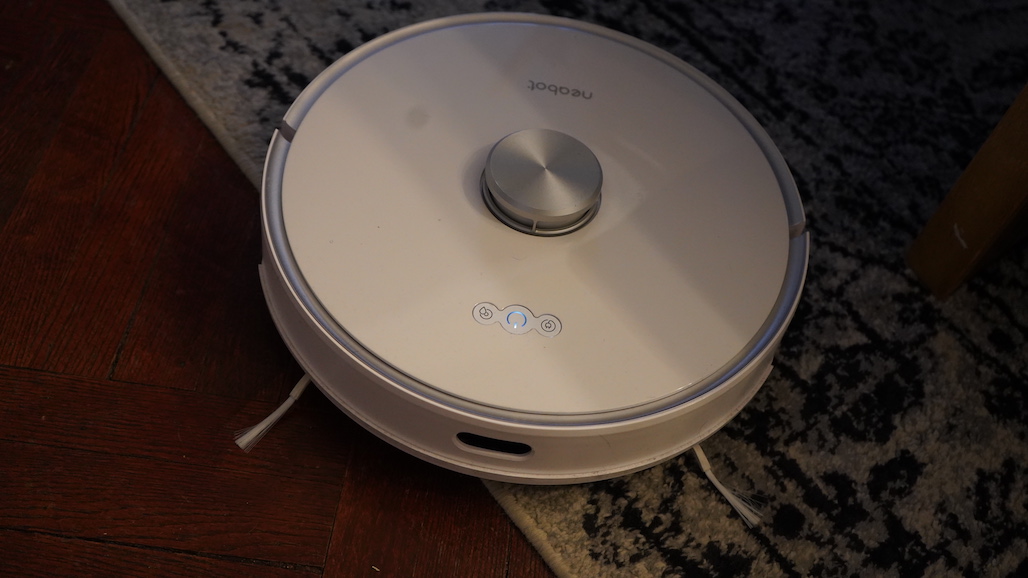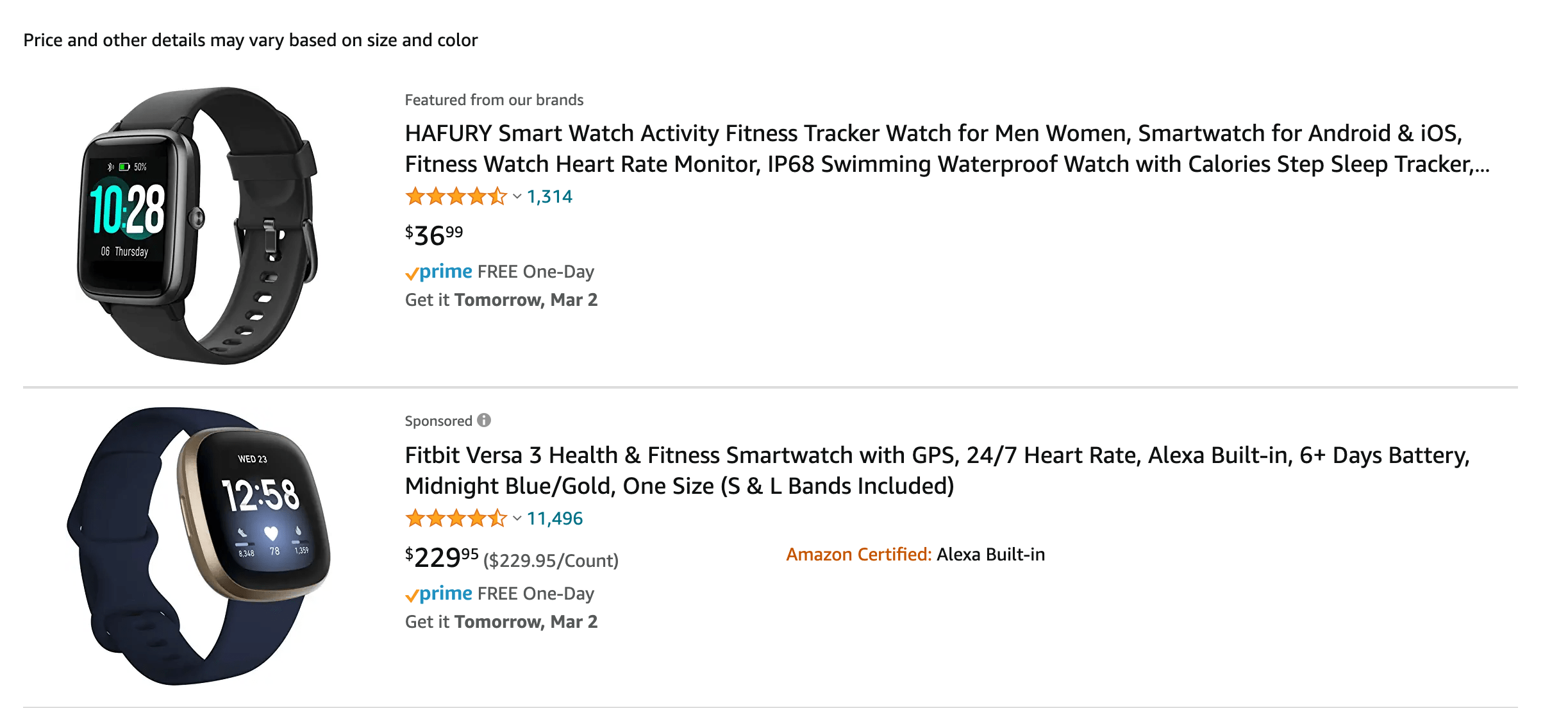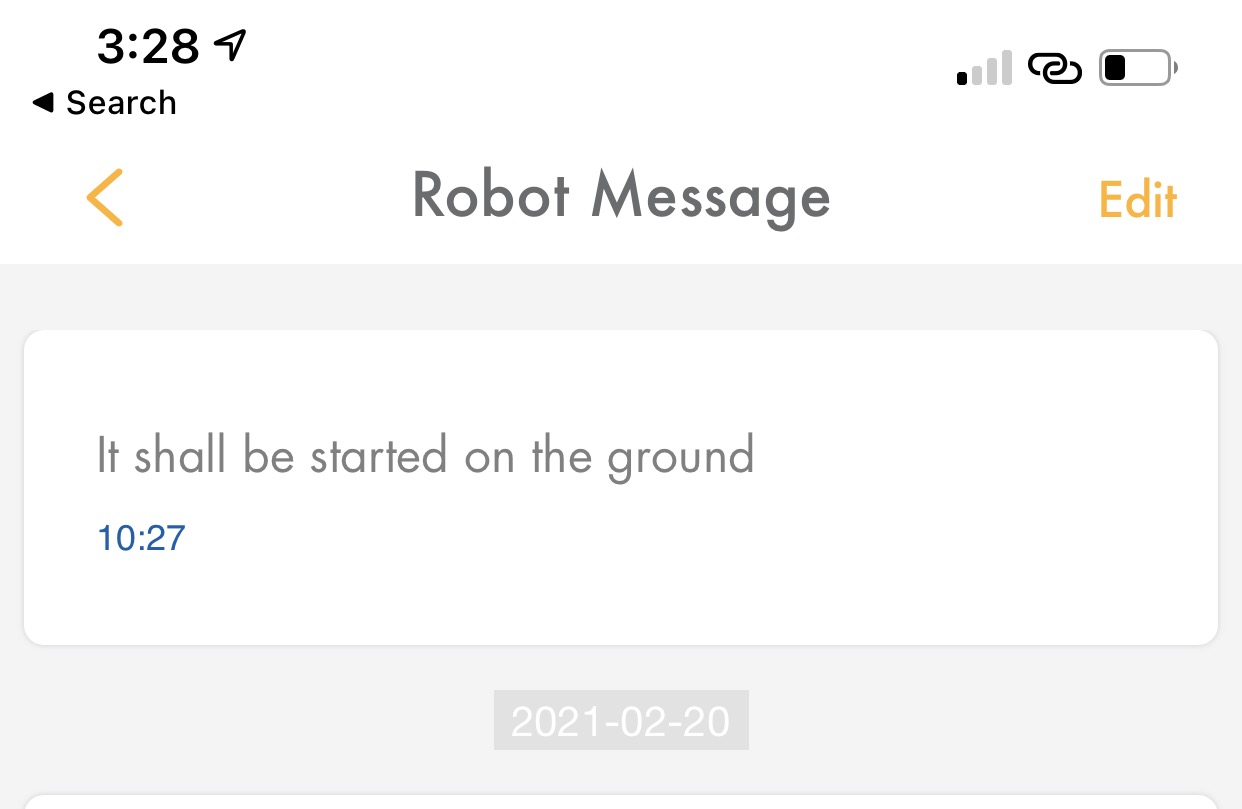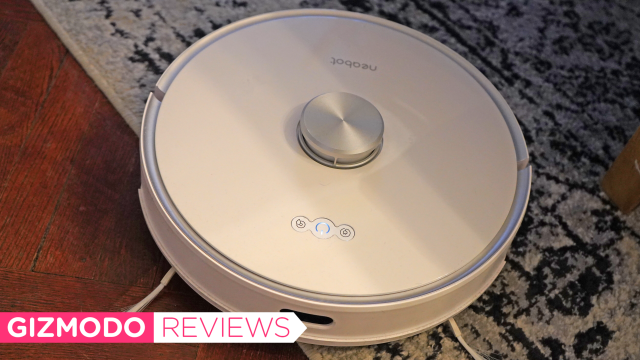The Neabot robot vacuum is a stark white puck that hugs its charger like a baby monkey in a Harlow experiment. It has three buttons — start, charge, and clean — and a prominent sensor on top that spins rapidly as it scoots around your house. It does exactly what’s advertised on the box: It sucks up dirt and dust and deposits it inside its little tower dock.
At its core, the Neabot is a capable and usable robot vacuum. You set it up, press the “on” button, and let it go. When it’s done vacuuming it returns to its dock, backs up into position, and all of the dirt gets sucked up into a replaceable bag. This is all pretty great for a $US480 ($616) robot that does just about the same thing as the $US799 ($1,025) Roomba i7+.

Neabot Robot Vacuum
Price
$US480 ($616)
What is it?
A clever, affordable alternative to a premium Roomba robot vacuum
Like
The Neabot has many features available only on higher-priced vacuums, including a self-cleaning dust container.
Don't Like
Poor support and many poor user reviews make me leery of this product.
Editor’s Note: Stay tuned for local Australian pricing and availability.
You’ll find the Neabot can handle entire floors with ease and also manages some spot-cleaning features using the rudimentary laser scans it creates of your house.
It’s a solid vacuum with two side brushes and good suction — as long as the main brush is clean. Our model tended to trip up on cables, but if you clear out your space before running it, you’ll be fine. The robot includes a remote control for triggering a cleaning session from afar, as well as a smartphone app that lets you start vacuuming, dock the device, or even initiate an internal cleaning.
Here’s the weird part, though. Neabot is basically a slightly better version of a piece of commodity hardware that is selling currently on Alibaba for about $US229 ($294). The marketing and website makes it a so-called “Amazon brand,” a competitively priced electronic product that mimics the functionality of more well-known products. As shown below when searching for “Fitbit”, these brands pop up at the top of searches and have names like HAFURY, usually all caps. The product works as advertised but things are just a little off.

The company has no real U.S. presence, and repair and warranty information is unclear at best. Neobot has gone through a number of rebrandings, apparently. According to Amazon reviews, it appears to have once been called the NoMo.

Communication with a Neabot rep was also quite difficult. It wasn’t clear who would repair this thing if it broke — the rep mentioned a partnership with vacuum maker Shark — and while I didn’t see any issues with the software and hardware, the Amazon page had 24 1-star reviews and many more sub-3-star reviews alongside a number of suspiciously detailed 5-star reviews by verified buyers.
It’s not often that I get a bad feeling about a product I review. In this case I’m not totally bearish on the Neabot brand. I often like to offer these caveats when it comes to this kind of hardware, especially hardware that should have a product life of a few years and not a few months.
The problems really crop up when you start to use the app.
The UI is almost comically translated with a pairing process that requires your phone to connect briefly to the robot’s wifi access point in order to configure your account along with internet access. Ostensibly this is to control the robot remotely, but it could be confusing to some users.

Further, the laser scanning system is clever but does little to improve the cleaning process. The Neabot uses the same bump and turn algorithms early Roombas used, and the maps it creates are useful only to target the vacuum to a certain point in the house. Finally, you’ll have to buy new bags and, as with most Amazon brands, I have some concern that they won’t be available in the future.
In all, this is a capable robot vacuum. My concerns are practical: How will you get it serviced? Can I get replacement parts? How long will this product last? Neabot is a fairly new and, I suspect, small company. This product actually started as a crowdfunded Kickstarter back in May 2020, which could explain the barebones support and heavy-handed marketing tactics. Again, I don’t fault a startup for trying to be successful, but I just worry about someone who might buy this thing without knowing these rather important caveats.

Would I recommend this vacuum over the Roomba i3, which starts at $US399 ($512) and offers similar dust collection features? Probably not. As many Amazon reviewers note, you pay for the Roomba brand when you shell out hundreds of dollars for one of their vacuums, but you also get a support system and accessories supply chain that spans the world and probably won’t shut down anytime soon. Unfortunately, when it comes to so-called “white goods,” aka home products like vacuums, washers, and refrigerators, brands still matter when things go sideways.
If you spot this robot on sale and are willing to take a flyer on a small brand with limited support, the Neabot is definitely worth a look. Just remember that it shall be started on the ground.
